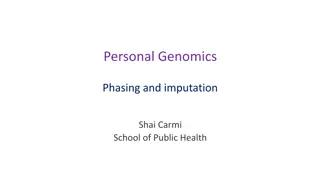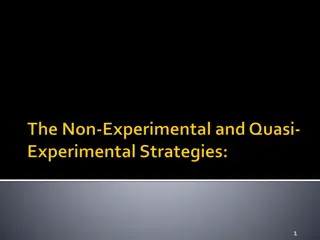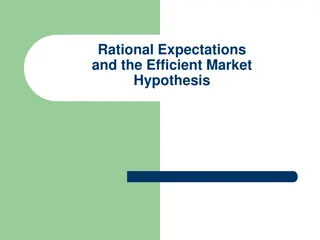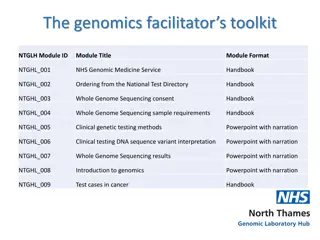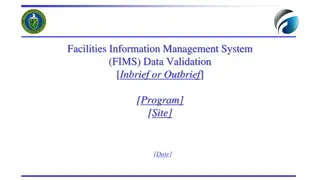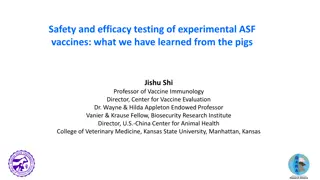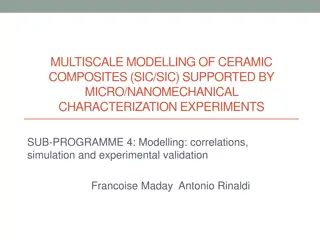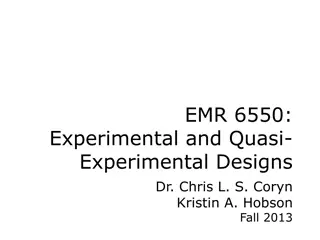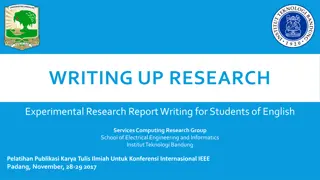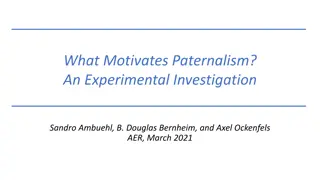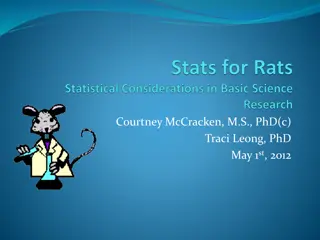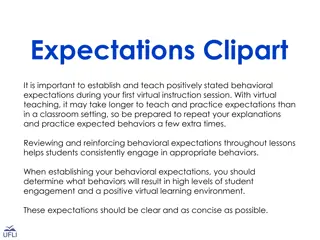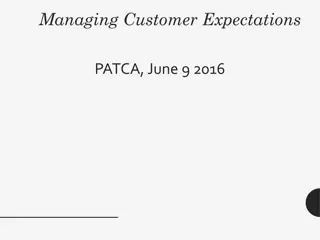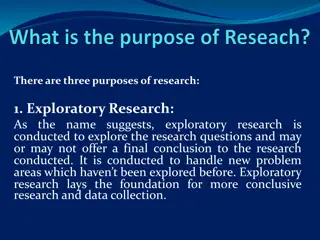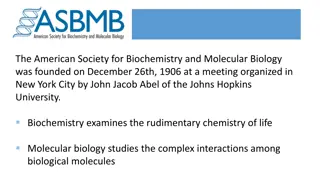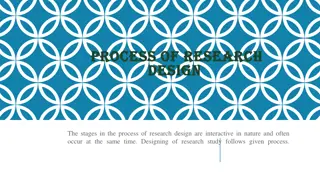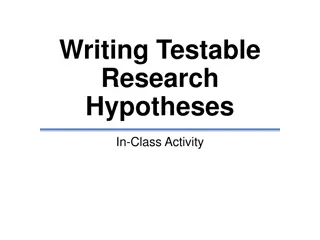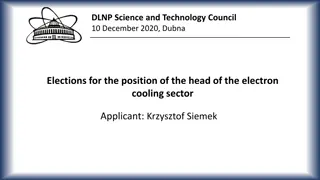Understanding and Validating Experimental Expectations in Genomics Research
Explore a wide array of experimental expectations in genomics research, including types of expectations, nature of samples and data, processing efficacy, sources of variation, unexpected findings, raw data expectations, RNA contamination, biological assumptions in gene knockout experiments, expected effects and compensation, biological relevance, and expected changes. The Festival of Genomics 2017 presentation by Simon Andrews delves into the intricacies of analysis plans and their essential link to expectations in research.
Download Presentation

Please find below an Image/Link to download the presentation.
The content on the website is provided AS IS for your information and personal use only. It may not be sold, licensed, or shared on other websites without obtaining consent from the author. Download presentation by click this link. If you encounter any issues during the download, it is possible that the publisher has removed the file from their server.
E N D
Presentation Transcript
Understanding and Validating Experimental Expectations Festival of Genomics 2017 Simon Andrews simon.andrews@babraham.ac.uk
Types of Expectation Nature of samples Nature of data Efficacy of processing Human Male Liver RNA-Seq/Genomic Equal losses Effect of interventions Nature of effects Sources of variation Did they work Global/Local Any unexpected
Raw Data Expectations Bisulphite Sequencing Whole genome all regions equally sampled Both strands no read level strand bias
RNA-Contamination Calls Red = meth Blue = unmeth Methylation level
Processing Expectations (Mouse RNA-Seq) FastQ Screen We were really shocked to see that the mouse cells are actually rat. We bought them from a company
Expectations Your analysis plan is intrinsically linked to your expectations analysis data No battle plan survives contact with the enemy. Helmuth von Moltke
Gene KO Biological Assumptions The knockout experimental strategy worked as expected The reduction in transcript is large enough to achieve a biological effect The system didn t find a simple way to compensate
Biological Relevance Heterozygous gene knockout Giving very few hits through a standard pipeline
Expected Changes Assumptions The change will only directly affect a limited subset of genes Genes which are highly affected by the change will be split between being downregulated and upregulated The general patterning of transcript expression will not change The change will be similar in all biological replicates
Quantitations come with Assumptions Standard Log2 Reads per Million Reads of Library Quantitation
Statistics come with Assumptions T-test Data is normally distributed Variances are equal Replicates are consistent 120 100 80 60 40 20 0 C o n d A C o n d B
Statistics come with Assumptions DESeq / EdgeR / BaySeq etc Use variance information sharing between genes with similar expression levels on the assumption that they will exhibit similar variance
Secondary Signals Hypertrophic cardiomyopathy (p2e-14) Cardiac Muscle Contraction (p2e-13) Troponin Complex (p4e-6)
Make sure youre asking the right question Which points change between two conditions?
Make sure youre asking the right question Which points change between two conditions? Which points change more or less than you d expect?
Make sure youre asking the right question Which points change between two conditions? Which points are in the two groups?
Make sure youre asking the right question Which points change between two conditions?
What Should We Validate? Biological Species Sex Genotype Processing Efficiency Types of drop out Categorised results Data Genomic distribution Expected effects Sample clustering Overall differences Quantitation Statistical assumptions









